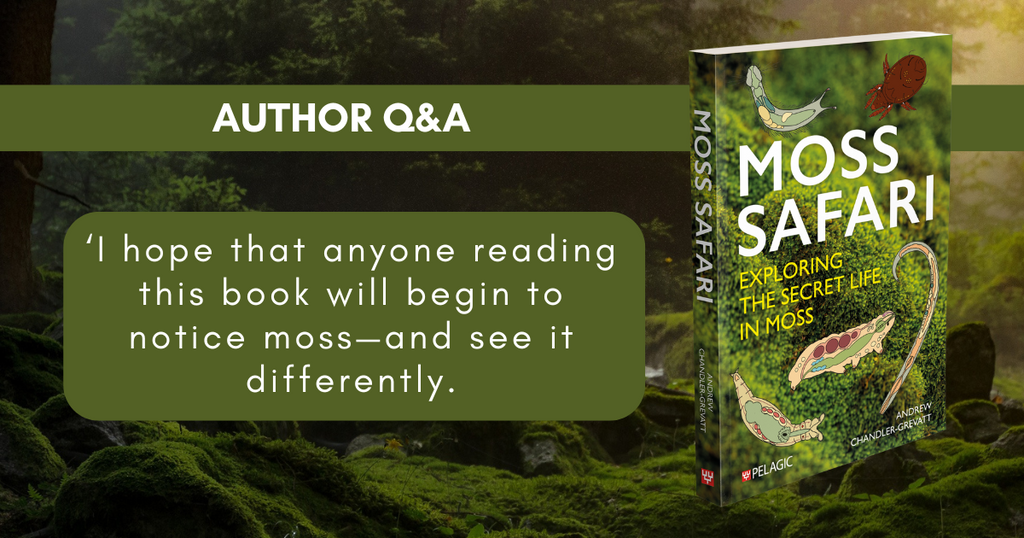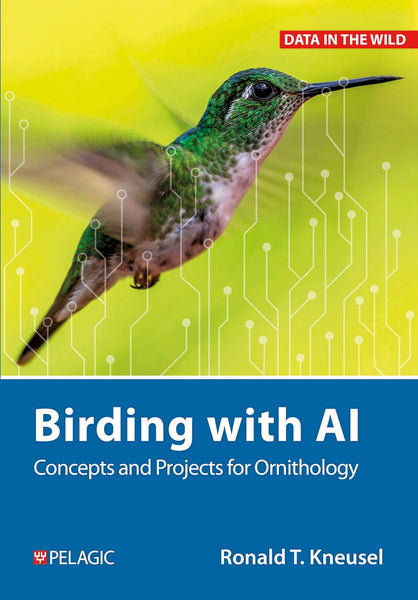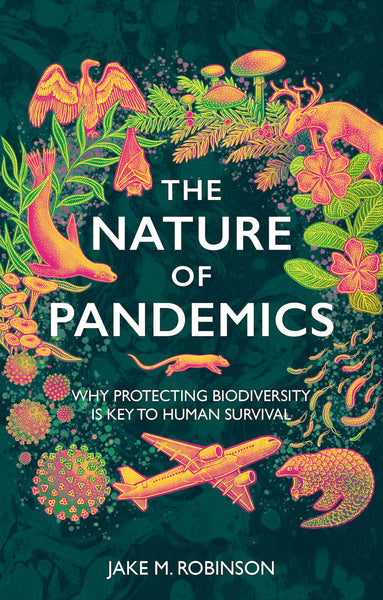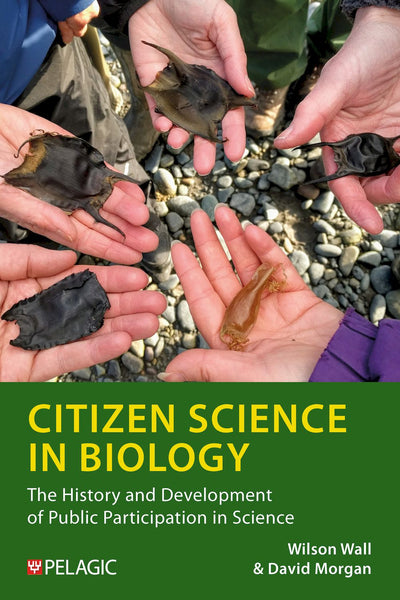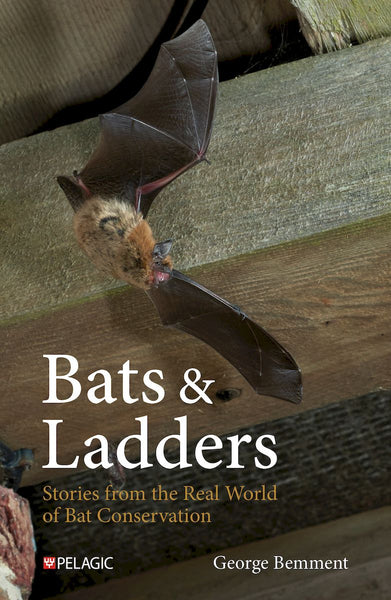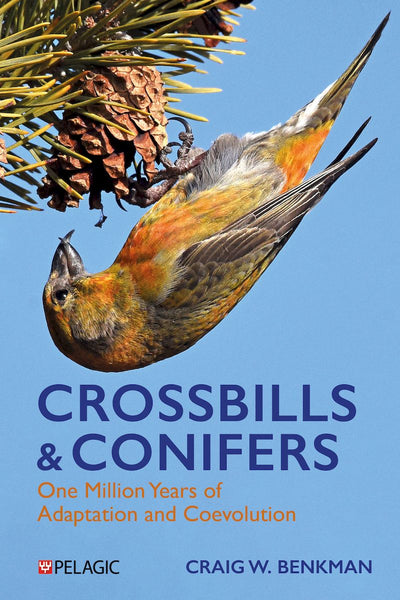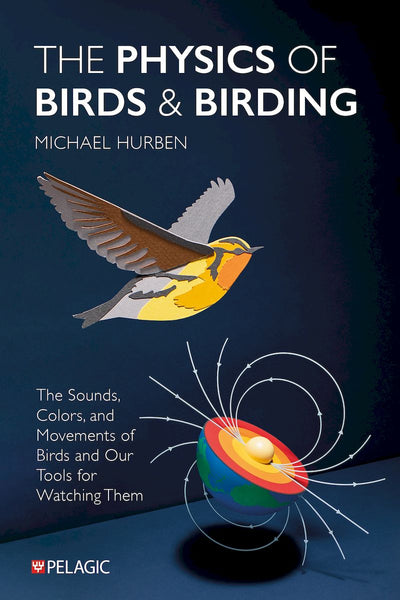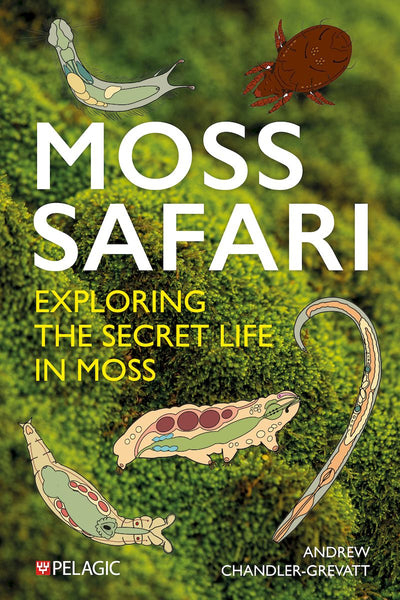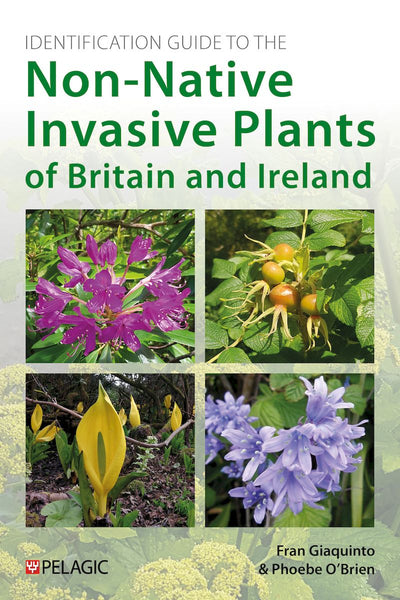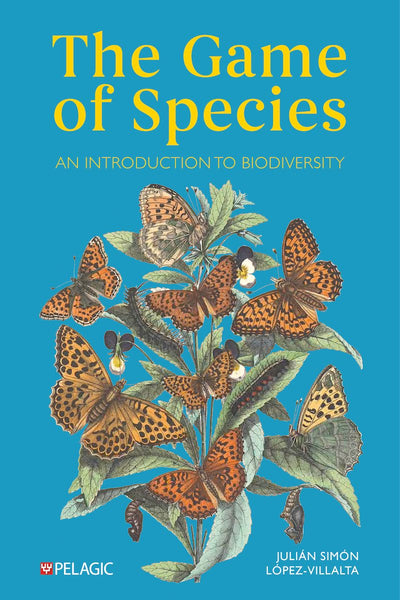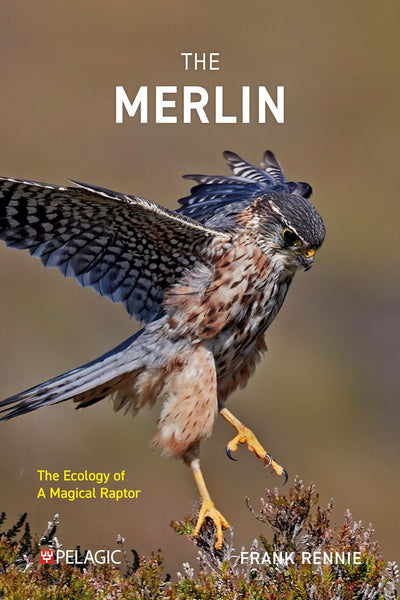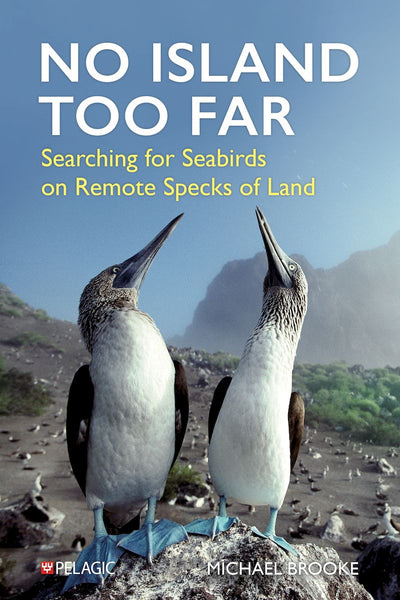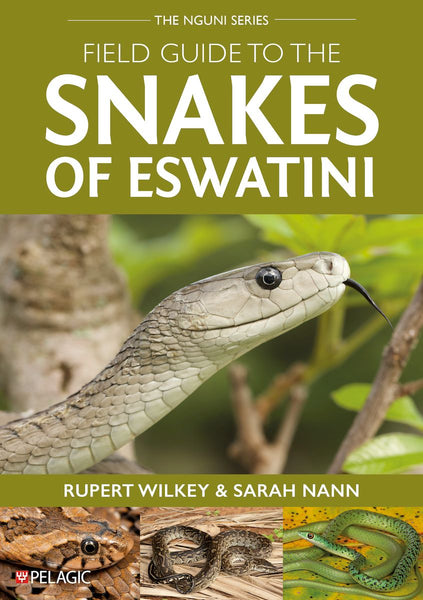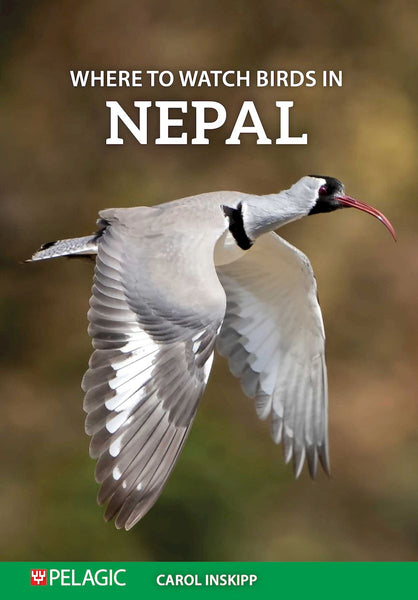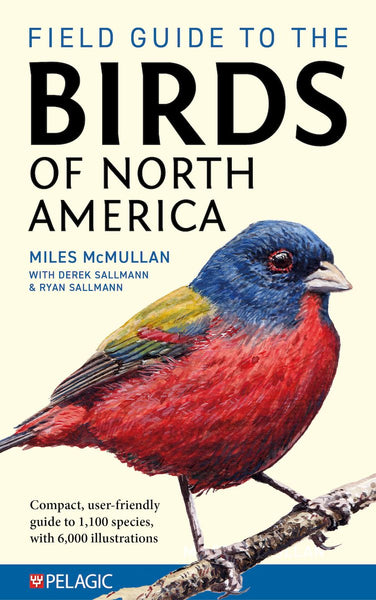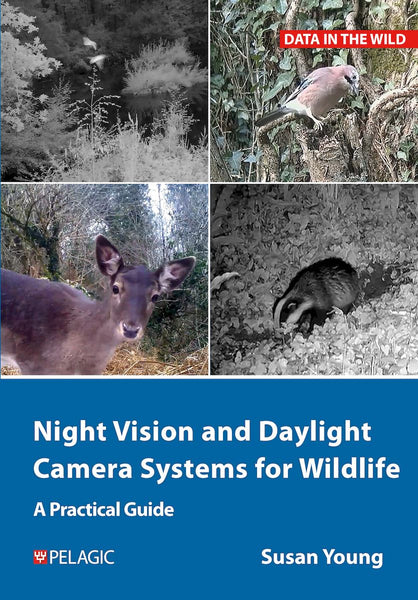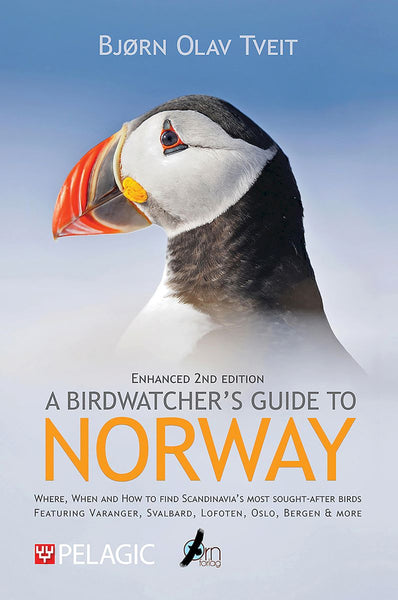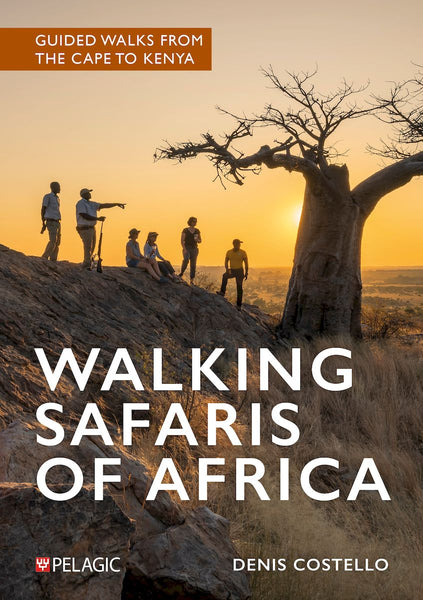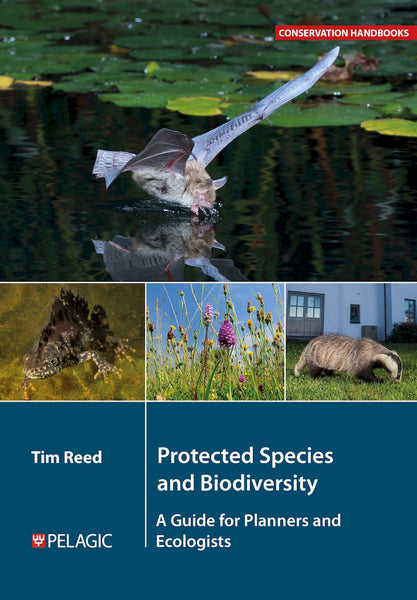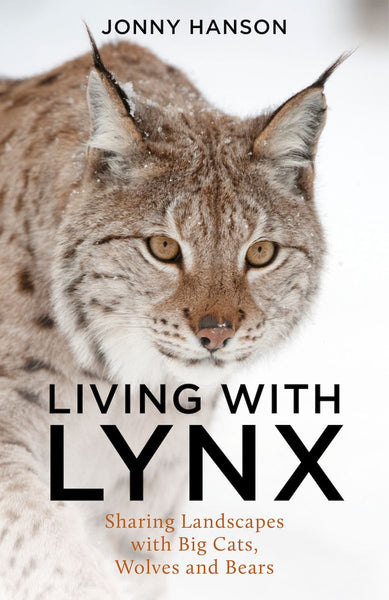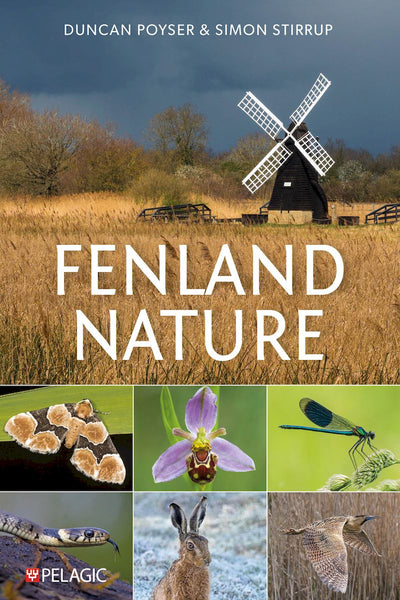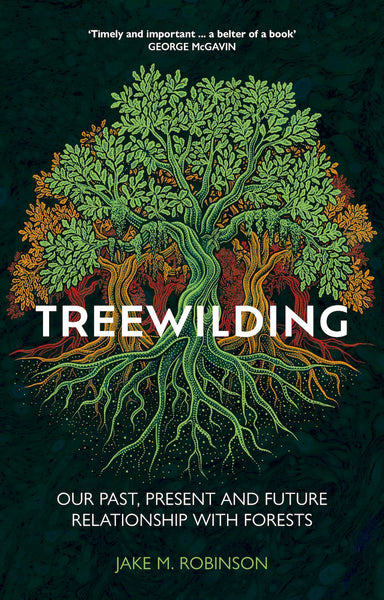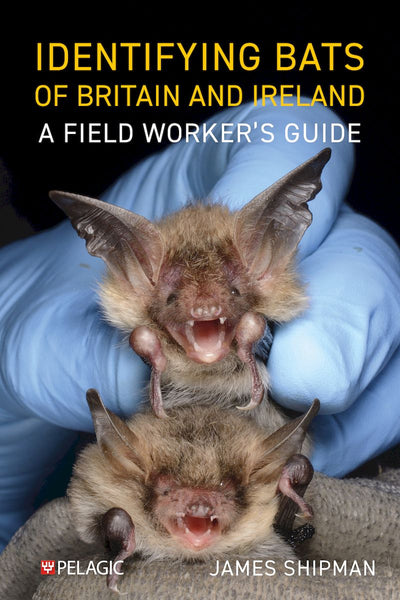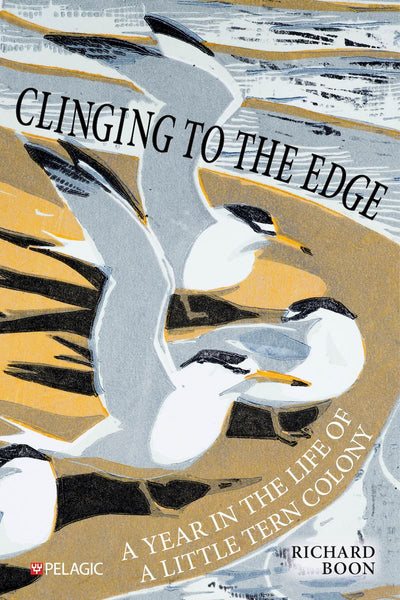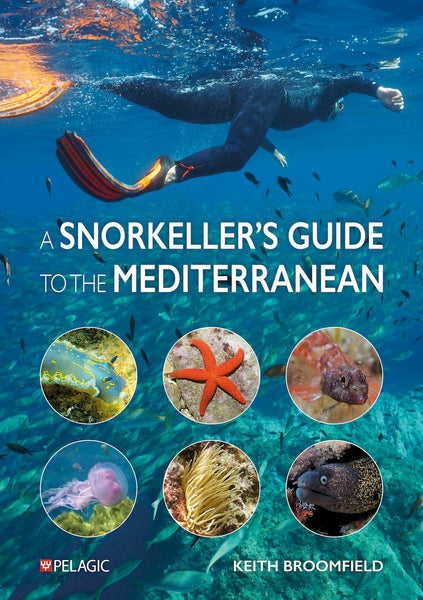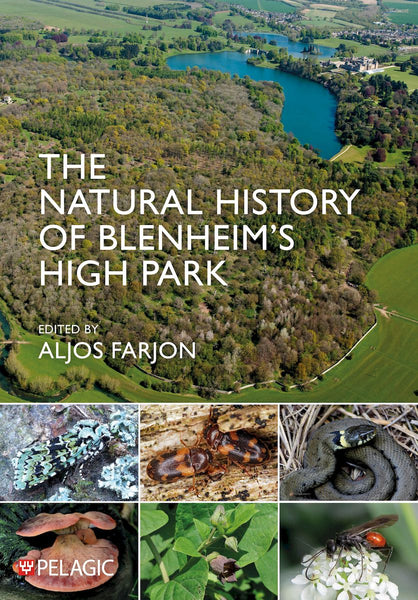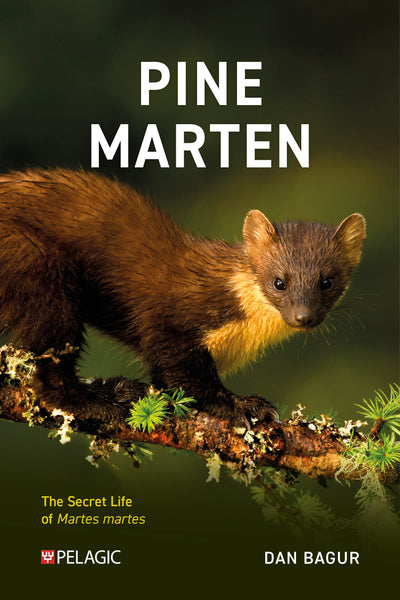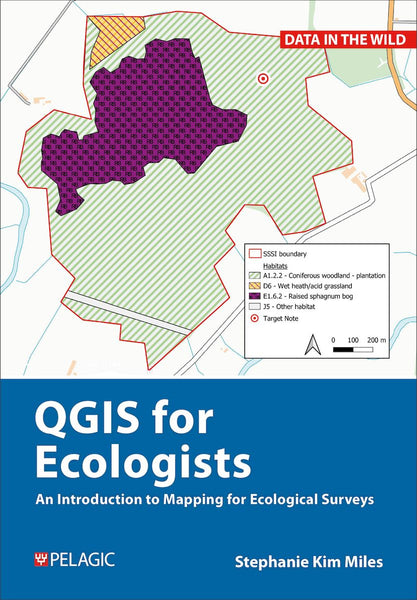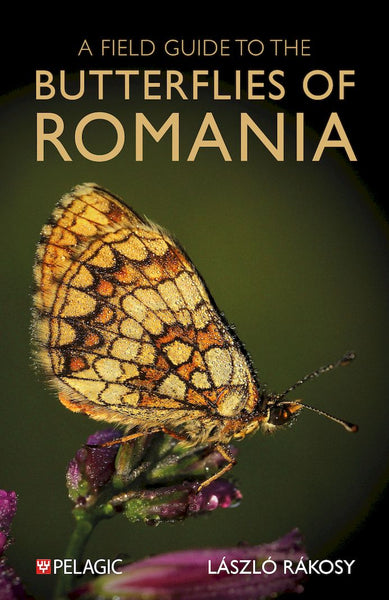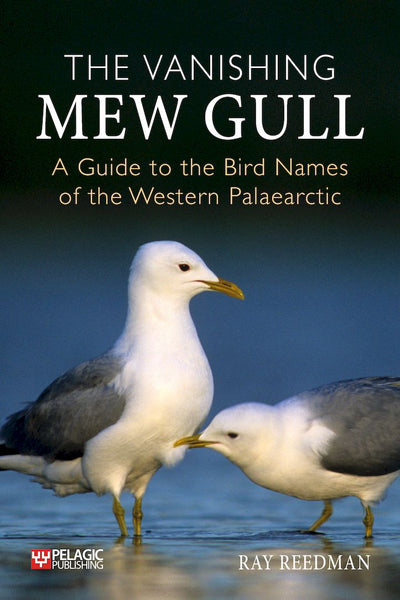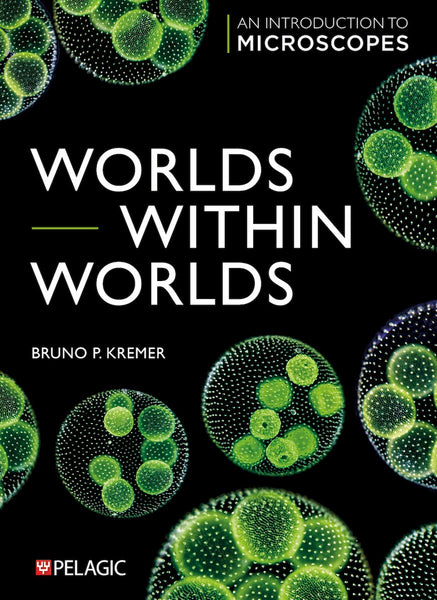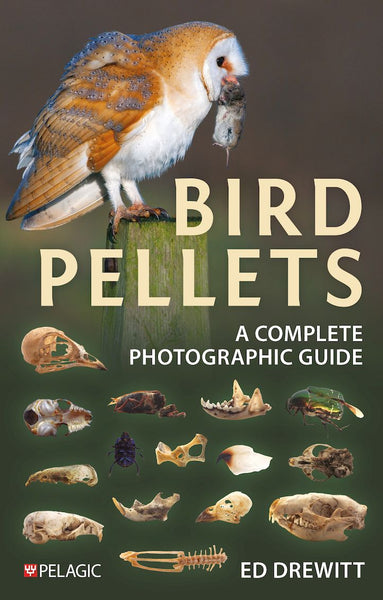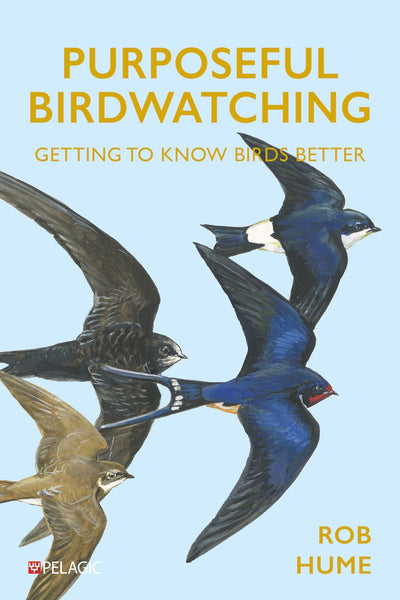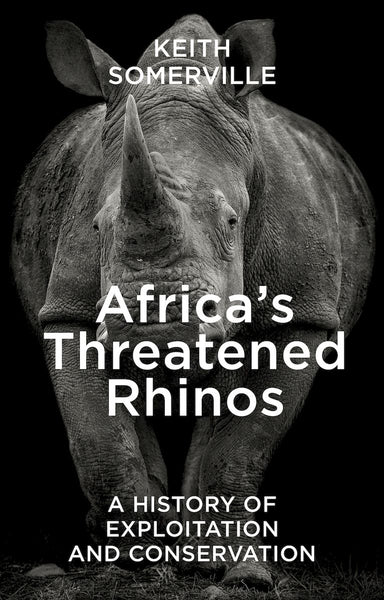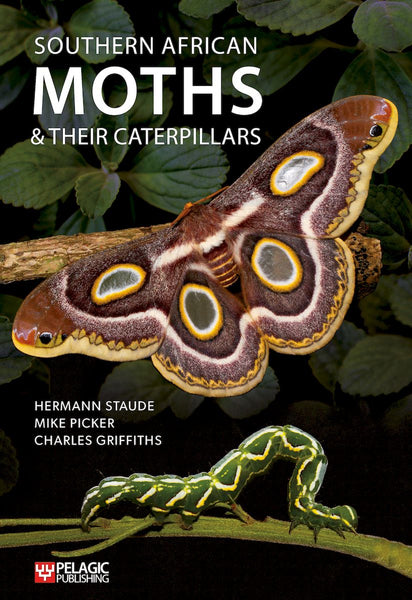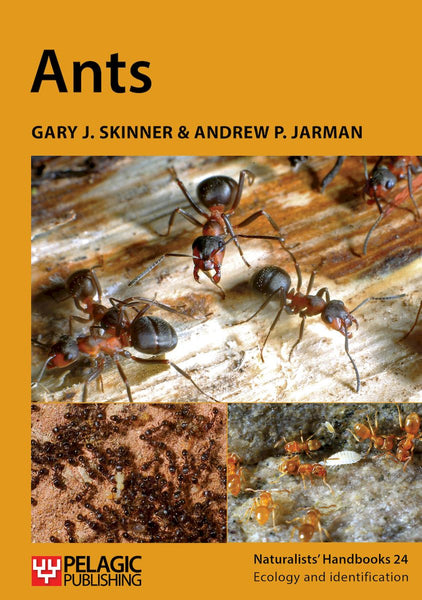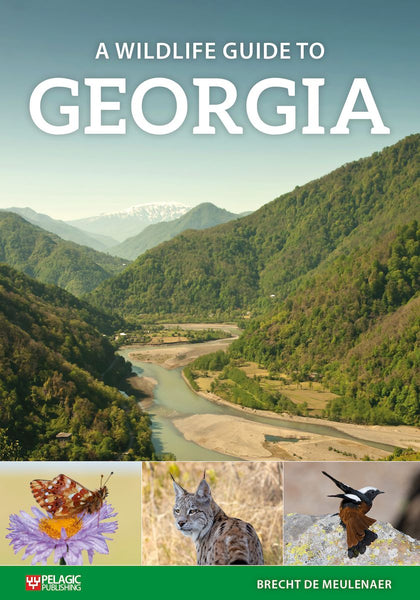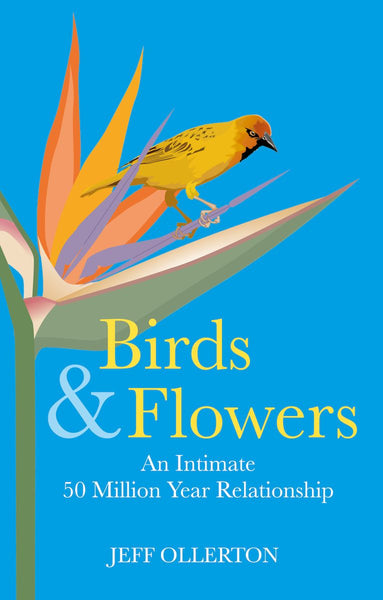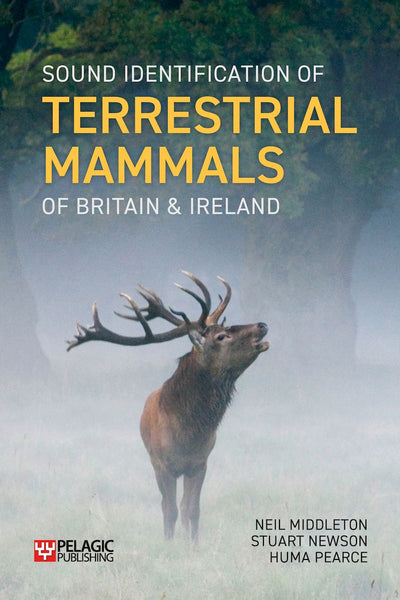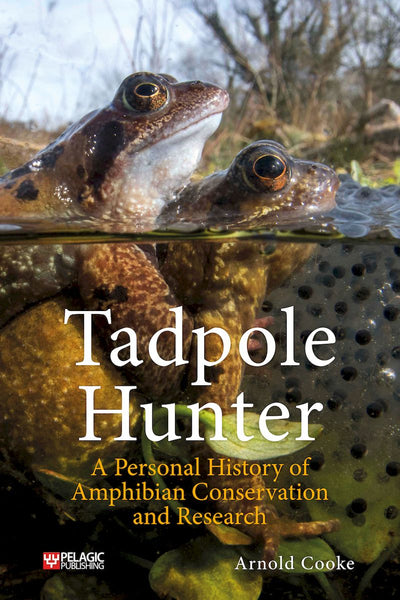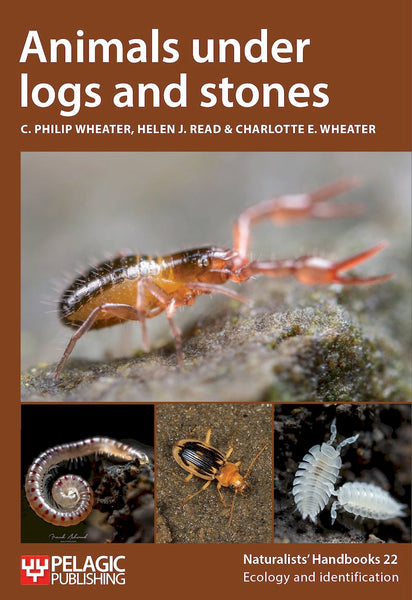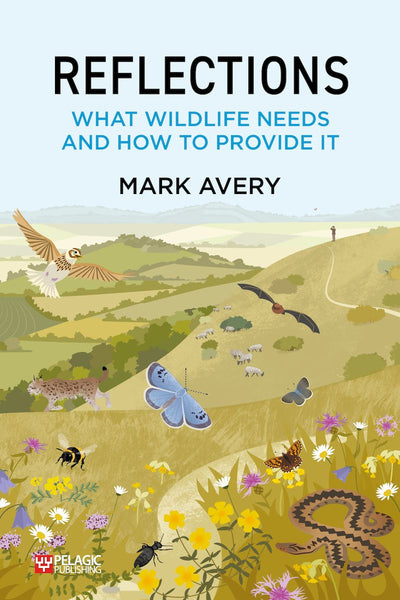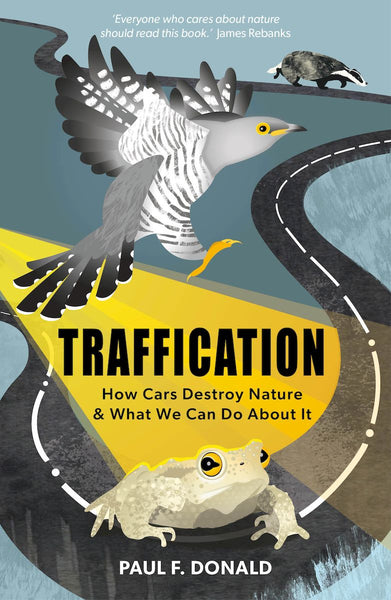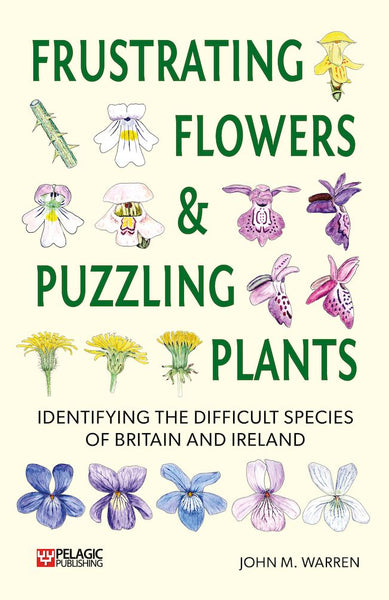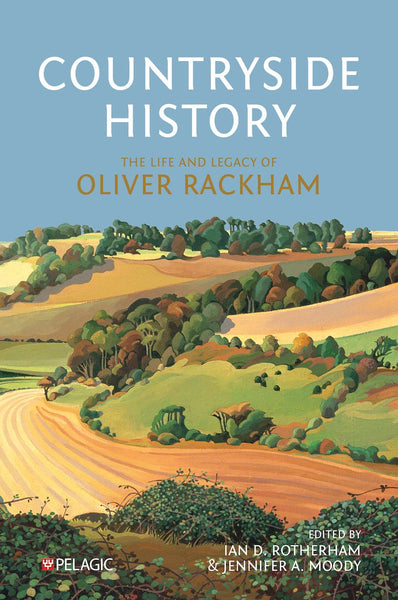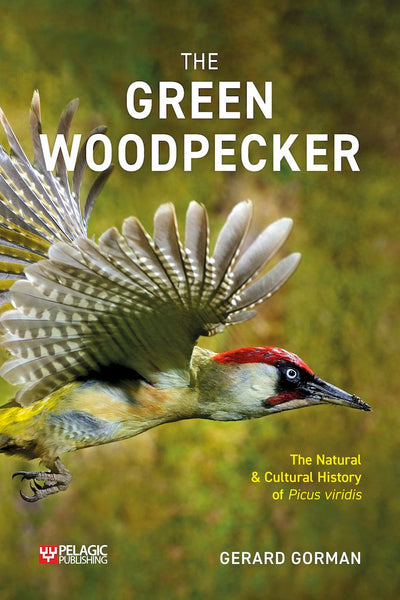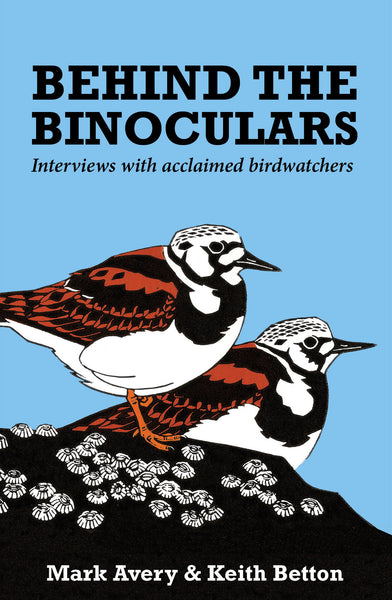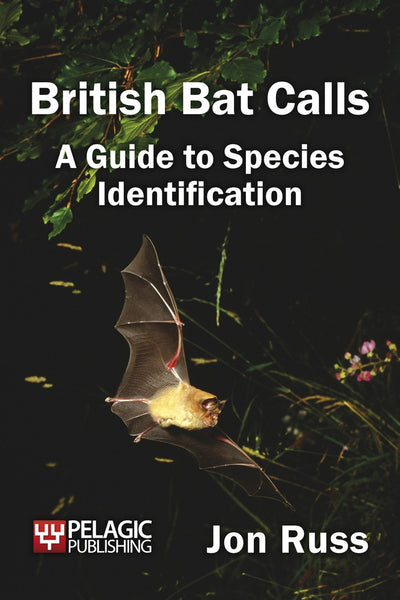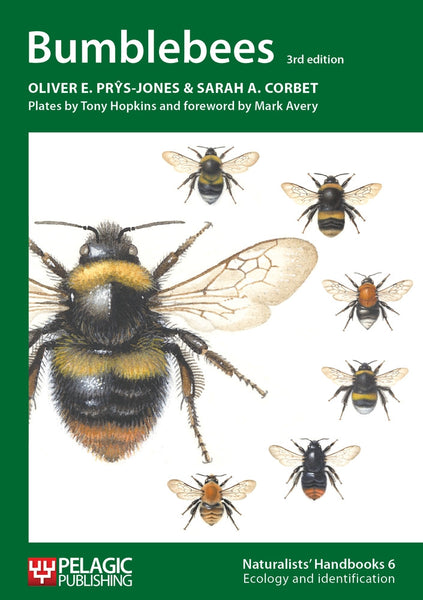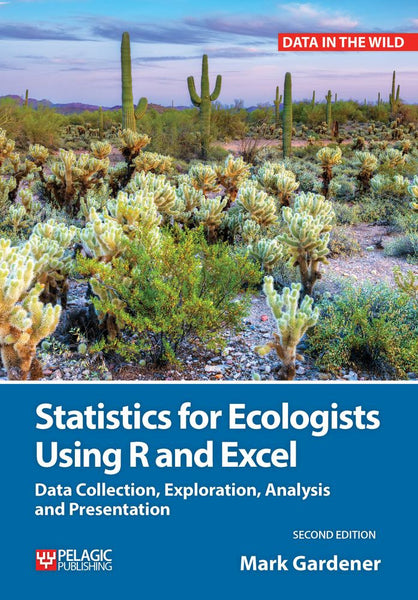Author Andrew Chandler-Grevatt talks to us about Moss Safari.
Could you tell us a little about your background and where your interest in the world of moss began?
I see myself as a science educator, having been a science teacher and now working to train and develop science teachers. I have a Master's in biological sciences and a doctorate in science education. It’s where these two interests meet that Moss Safari has emerged. A friend and colleague, Jonathan Bacon, introduced me to the amazing life in moss several years ago. I started exploring at home with a microscope, and my biological senses were reawakened. I wanted to share these wonders with others, and so I developed Moss Safari as an educational tool to do just that.

Rotifer
You regularly host live moss safaris for different groups of people. What made you decide to create a book on the subject?
A Moss Safari event centres on the fact that if you squeeze wet moss from anywhere, the water that drips out is likely to contain a multitude of fascinating organisms. These are mostly invisible to the naked eye, so I share them using a microscope camera and a big screen. The microscope slide becomes the plain across which we venture in search of the microscopic Big Five: the mite, nematode, rotifer, tardigrade, and gastrotrich.
Moss Safaris started out as simple identification sessions, but as I read more about these animals, I realised each had its own fascinating story to tell. Each organism has evolved adaptations to survive the harsh moss environment, which regularly dries out or freezes. On researching further, I discovered they each play important roles in broader ecosystems, have influenced human history and science, and are actively being studied today for their potential in environmental, medical, evolutionary, and even space research.
At live events, I rarely get the chance to share all of these stories—this book brings them together for the first time.

Mite
What was the most surprising thing that you learnt whilst working on the book?
So much! I’ve had many moments of excitement learning about these animals. Take the nematode, for example: they have an enormous biomass compared to most other animals, can pause their life cycle, and have even survived frozen for 42,000 years—only to wake up and reproduce. Research on a model nematode species has won three Nobel Prizes. That’s just one microscopic worm!

Nematode
Who is the target audience for Moss Safari, and what do you hope they will take away from reading it?
Although most Moss Safari events are held in schools with children aged 5 to 18, I wrote Moss Safari for anyone curious about the natural world. It's pitched for novice biologists, natural historians, and amateur microscopists. Most able GCSE students will find it accessible, and my main followers include science teachers, school technicians, and hobbyist microscopists. However, at family science events, I see how people of all ages are captivated by the microscopic world.
I often describe myself as an “armchair naturalist”—someone who enjoys learning about nature from the comfort of a chair. If that sounds like you, you’ll enjoy the journey Moss Safari offers.
I hope that anyone reading this book will begin to notice moss—and see it differently. Instead of being overlooked, readers might start to observe the moss cushions and mats growing all around them. Perhaps they’ll come to appreciate that each clump of moss is a microhabitat, an ecosystem in miniature, home to microscopic life living out extraordinary stories.
Beyond that, I hope readers realise that even the tiniest animals can lead lives just as fascinating as the big creatures we see on wildlife documentaries—perhaps even more so. Ultimately, I hope this book sparks a deeper connection with nature right on our doorsteps: in city streets, local parks, and back gardens. And maybe, just maybe, it will inspire readers to pick up a microscope and explore this hidden world for themselves.
Whether you’re a nature lover, science teacher, or simply curious about the microscopic world, I hope Moss Safari encourages you to look more closely at the moss around you.

Gastrotrich
Is any specialist equipment required to make the most of the book?
Just reading glasses, if you need them! You don’t need a microscope to enjoy the book—it’s a microscopic adventure told through the lives of five multicellular organisms. First, we’re introduced to the terrain (moss), then given an expedition briefing and introduced to the organisms we may encounter. The book then takes us on that expedition, focusing on each of the microscopic Big Five.
Along the way, we delve into geological history, examine unique adaptations, explore cutting-edge research, and consider their ecological roles, both local and global. The book also highlights the many mysteries that remain. For readers who do want to go hands-on, there are tips throughout for finding these animals and using a microscope to see them for yourself. I suspect many readers will be inspired to grab some moss and have a look!

Tardigrade
Of the five organisms featured in Moss Safari, do any stand out as your favourite?
That’s a common question! As I wrote each chapter, the focus organism would become my favourite at that moment. I’ve been fascinated by the mite’s environmental sensitivity, the nematode’s strange lifecycle and frozen slumber, the rotifer’s elegant filter feeding and problematic relationship with microplastics, the tardigrade’s famous resilience, and the elusive gastrotrich’s many mysteries.
That said, the one organism that continues to capture my imagination is—perhaps predictably—the tardigrade. I keep returning to it and reading more. There’s something endlessly compelling about them.
Learn more about Moss Safari here.






